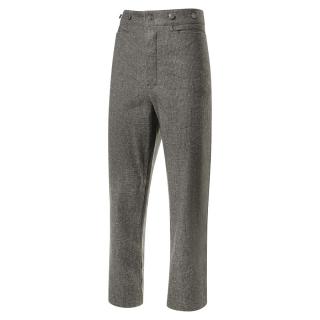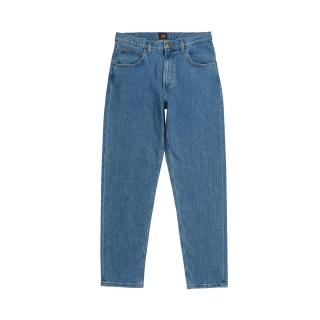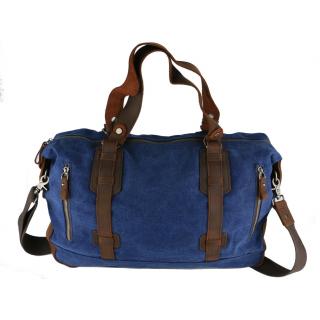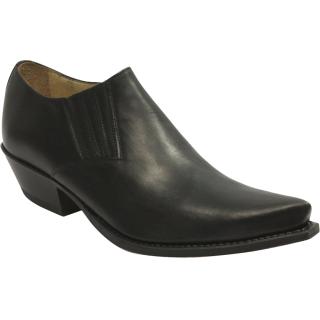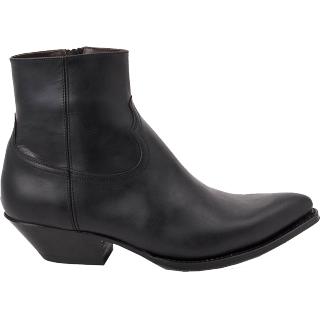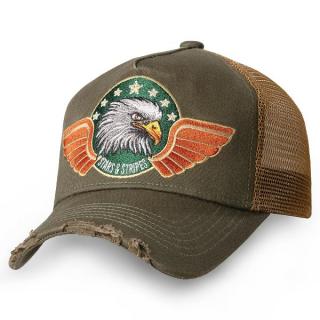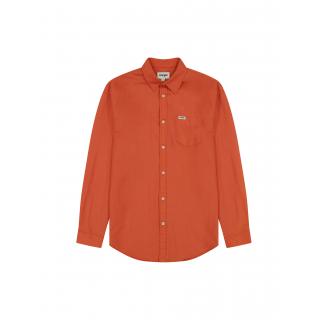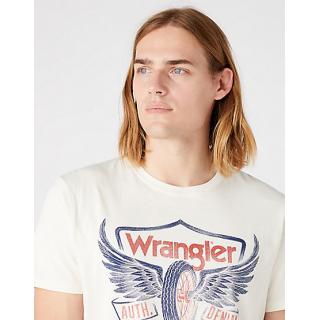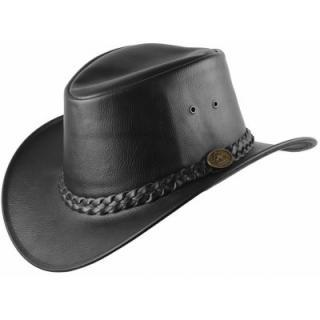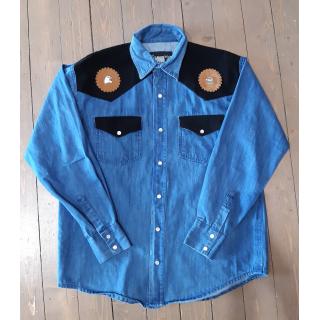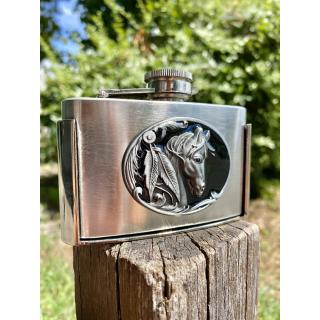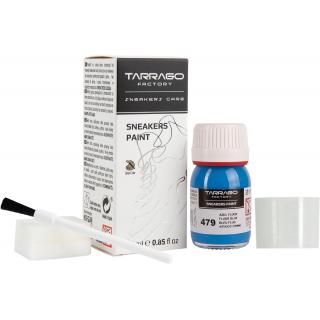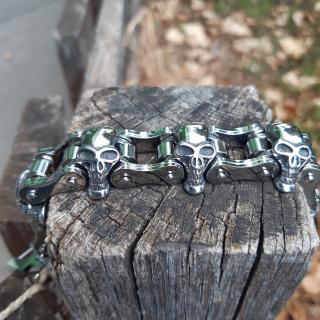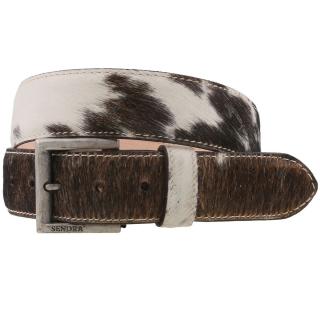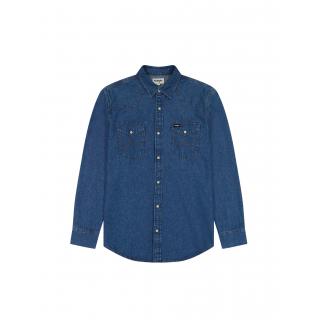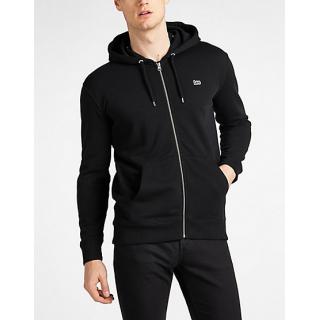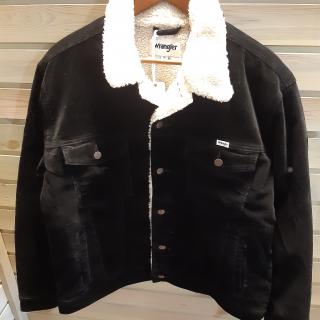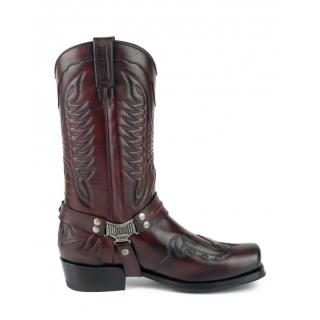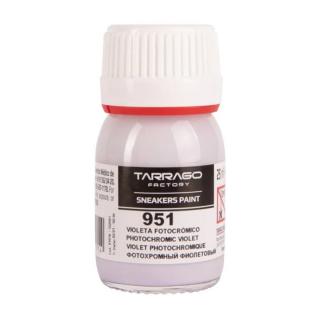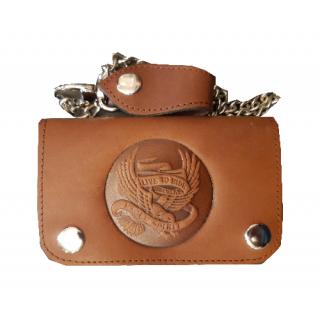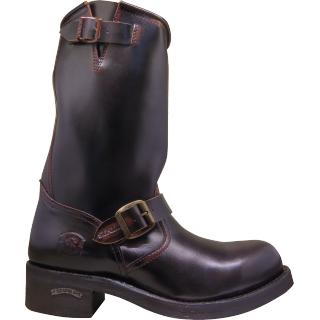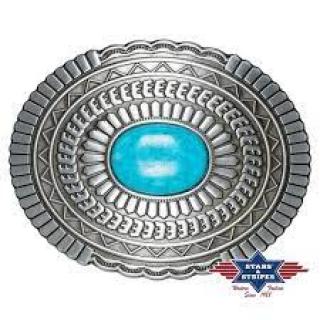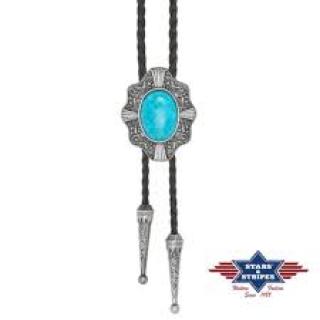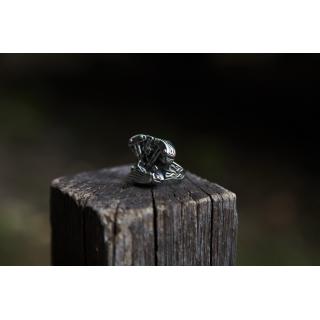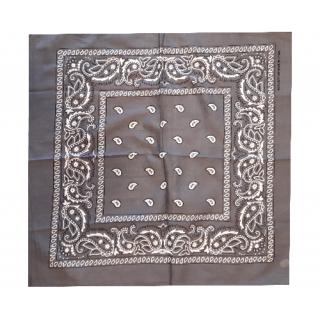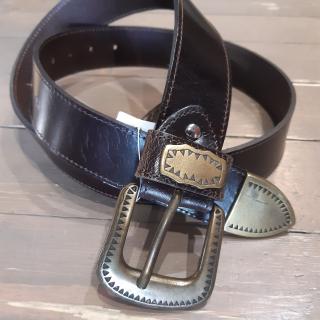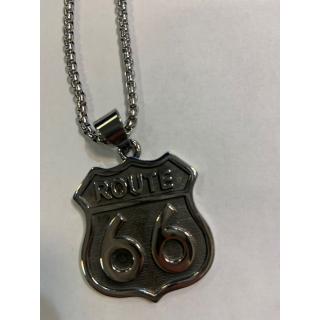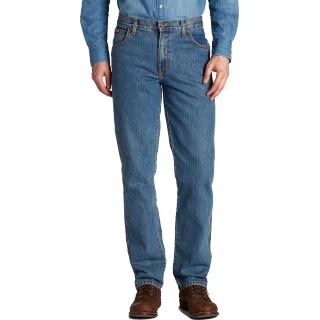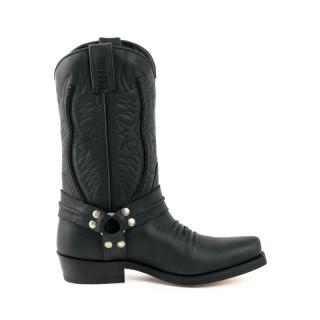
Western Boots – the Indestructible Symbol of the Cowboy Myth
When someone envisions a Western character, they can imagine various pieces of clothing. There might be a long, ankle-length coat (duster) or just a leather vest. Perhaps they associate a plaid shirt with the image, or maybe a intricately embroidered rodeo shirt.

One thing is for sure: in everyone's mind, the imagined character will be wearing Western boots. This is indeed an essential and irreplaceable part of the Western look.
As an American saying goes:
"A cowboy out of boots is like a fish out of water."
Of course, there are many different types of Western or cowboy boots.
We've discussed in previous articles how the traditional Western boot shape developed and what purposes its various elements served. For example, we know that the pointed toe and smooth sole make it easier to slip into the stirrup, that the heel shape provides a more secure fit in the stirrup, and that the high boot shaft protects the cowboy's legs from prickly brush and snakebites, and keeps the water from creek crossings outside.

We read not too long ago that this legendary item is connected to many small but useful accessories. However, it's now time to get to know the basic types and the "soul" of the boots – in other words, to take a peek into the world of unique boot patterns and the secrets of their making.

The motifs used tell a lot about the wearer of the boots and their creators, who craft their products as true artisans.
STYLES
In terms of their shape, cowboy boots can be divided into two basic types (regardless of whether we are talking about models for men or women):
- Western (or classic) style.
- Roper (or roper-toed) style.
Western-style boots are characterized by higher (at least one inch) forward-leaning heels and longer (reaching at least mid-calf) boot shafts. Lower but still forward-leaning heeled variations also fall under this category, although they tend to prioritize walking comfort. Western-style boots often feature a pointed, tapered toe.
Roper-style boots represent a more recent design trend intended to serve both riding and chasing cattle, popular among modern rodeo participants. These boots have lower heels and a semi-circular heel counter, designed to conform to the shape of the boot sole. The shaft is also shorter, ending just above the ankle or mid-calf, and the toe shape is typically round. For everyday wear, you may also come across square-toed roper boots, which have lacing to prevent the shorter shaft from slipping down.
HISTORY
The history of boots used for riding, including Western boots, spans many centuries. Before the advent of industrial methods, each boot was individually crafted by hand, and their styles were as diverse as the cultures from which their construction techniques were derived.
The formation of the style of cowboy boots was significantly influenced by the 16th-century Spanish vaquero traditions and the forms of boots made for military horsemen.
After the Industrial Revolution, custom-made boots were mostly replaced by mass-produced designs. An example is the Wellington boot, popular among cowboys until the 1860s. However, few could afford to wear them during the large cattle drives (1866-1884), and they started to go out of fashion.

The crafting of American-style boots started in the cattle-raising regions of Texas, Oklahoma, and Kansas. During this era, two prominent bootmakers, Charles Hyer (Hyer Brothers Boots) and H. J. "Big Daddy Joe" Justin (Justin Boots), also originated from these areas.
MANUFACTURING

The finishing and decorations of boots can be extremely varied. Although the complexity of stitching and patterns, as well as the materials used, greatly influenced the price of the finished boots, more and more cowboys could afford to have their boots custom-made to suit their own preferences and personality.

In the early days, the most prevalent pattern was the Texas star, but various organic forms, plants, birds, riders, buffalo, Native American motifs, locomotives, oil derricks, playing cards, flags, state symbols, and countless other designs started appearing more frequently on the shafts and foot of boots.
Did you know?
...that creating an intricate "pitiado" decoration could take up to 3 months, and that covering the entire surface of an "el presidente" model with silver silk thread embroidery might require up to 2.4 million stitches?
Later on, patterns and styles were, of course, strongly influenced by Western shows and Western movies, and this more ornate, embellished style often made its way to work boots as well.

Alongside the diverse patterns, many individuals ordered their new boots with gemstone inlays, silver and gold accents, while others selected from different leather materials, as long as their budget allowed.
In addition to the most common cowhide, exotic leathers emerged in the realm of bootmaking, such as alligator, snake, ostrich, lizard, eel, elephant, kangaroo, ray, bison, elk, and more – you can still frequently encounter these in the range of Western boots. For those who seek even more customization, painted or tattooed leather and varying colors of stitching can be requested for their boots.
Anyone who takes this approach undoubtedly sees Western boots as more than just a durable garment for their work.
They aim to express their individuality – and let's face it, a pair of Western boots is perfectly suited for this task!
And if you've made it this far in the article, dear reader, you can't deny that you also harbor an attraction to the world of Western boots with their diverse styles. Why resist this attraction? Especially when we're just one click away from browsing through our store's selection.
Happy daydreaming and planning to everyone!

